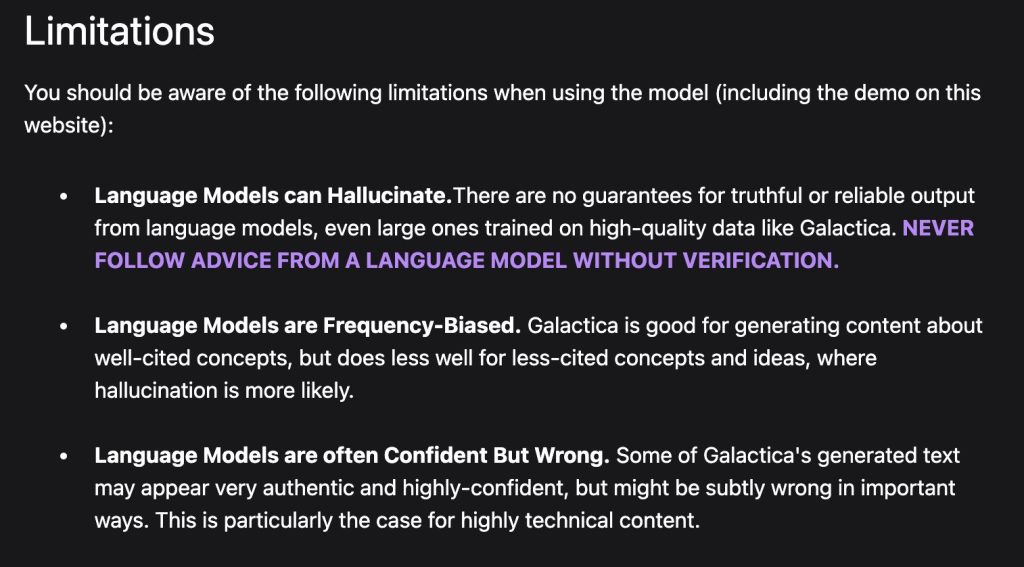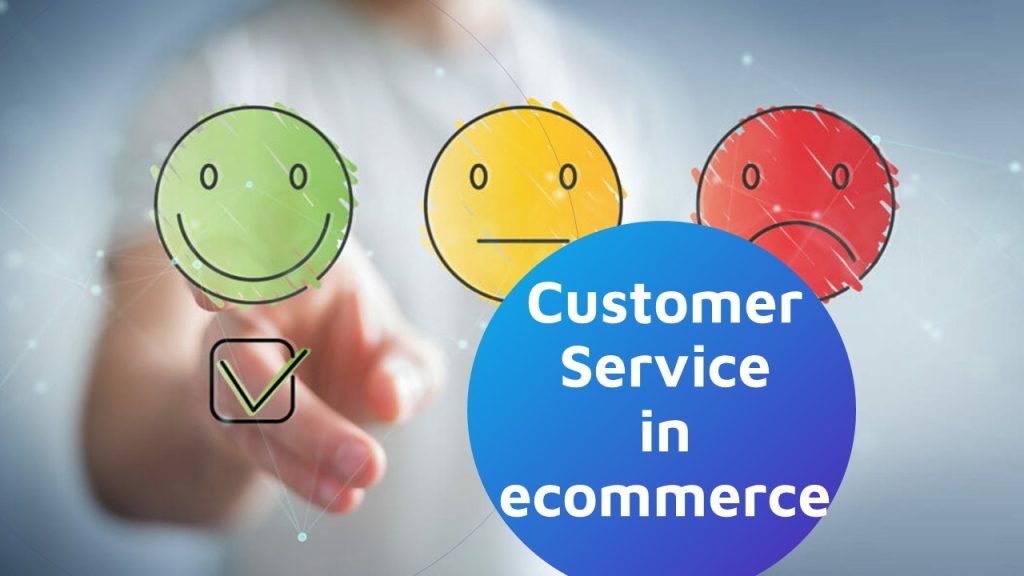AI has been around us for a while and has reached such a degree of growth that is now present in more websites, games, and devices we can’t even imagine. It is now built into our mobile phones, helps us discover products through visual search, and allows us to run hands-free searches and commands through voice speech recognition.
In this post, we’ll go over its application, risks, and advantages.
Using AI image generation tools in ecommerce
Artificial Intelligence: the theory and development of computer systems able to perform tasks that normally require human intelligence, such as visual perception, speech recognition, decision-making, and translation between languages.
From customer support chatbots to noise-canceling headsets and self-driven cars, Artificial Intelligence and Machine Learning seem to have no limits in simplifying and automating our daily tasks. Furthermore, we seem to have reached a new stage in which computers can, with varying degrees of success, generate images on their own.
Dall-E 2, Craiyon, Deepmind, or Midjourney are the web applications everybody is talking about now, in the midst of automated content generation.
How do AI image generation tools work?
The process is quite simple. Teaching machines to recognize specific objects by showing them pictures of what something is and is not. Dall-E 2, for instance, was trained with over 650 million images. With the proper categorization, the algorithm is able to instantly combine images matching a user’s request.

Computers still need human experience to correctly name, tag, and categorize images. After all, their learning is an extension of ours. And for the same reason, they need to learn the right words, tags, and categories to make the relationship between signifier and signified (word and meaning) as accurate as possible.
Let’s not forget computers are able to teach other machines in a much faster way than we can, which poses a fair number of risks and questions. We have entered a new era with quite a few dilemmas – mostly ethical.
Primarily because using the wrong tags and categories or leaving that completely to users can rapidly spread and have unimaginable effects. That is why Deepmind and OpenAI (the developer of Dall-E) have set up safety and ethics teams.
The ability of AI to create any type of content with simple words is close to indisputable. AI can already translate most languages, summarize academic papers, solve math problems, and create convincing articles.
But, as with humans, education is the cornerstone to overcoming the complexity behind words.
Risks, challenges, and limitations of AI image generation tools
Machine Learning is infinite, especially because we are continuously feeding computers with more information to keep learning and teaching other machines. So, as machines and algorithms get smarter, the risk becomes higher.
Because Machine Learning does not go through empirical experience, the data used to create patterns and categories is subject to strict control. Otherwise, personal information and images on Social Media, for example, may be badly compromised.
Confidence and reality
Meta recently rolled back the Galactica demo for “spewing racism and nonsense” despite training it with 48 million scientific papers, websites, textbooks, and encyclopedias.
The serious biases detected not only didn’t distinguish fiction from reality. Galactica also gave the impression of being confident and assertive, tarnishing its good intentions and forcing developers to look back and spot where things turned ugly.

Lack of sensitivity
Will machines ever be able to replicate human creations? This question echoes loudly as AI enters new territories. Image processing tools used for product rendering, or complex multifactorial math patterns for self-driven cars are one thing. But machines have no sensitivity, and they are unlikely to ever have it.
The only thing that can be done is to recategorize or even exclude certain words, which will probably lead to deeper problems.
Languages evolve fast
Languages evolve faster than a machine’s ability to understand words with multiple meanings and their variability in different contexts. And if that weren’t enough, humans love puns, metaphors, and taking things out of their logical context to get deeper into what we call “expression”. And because expression follows emotion, this is a never-ending pursuit.
Grammar is different in every language and every dialect too, so most models can’t predict what is actually going through one person’s mind.
So, can you use AI image generation in ecommerce?
That depends on the images’ ultimate purpose. They can indeed provide context and a myriad of unseen combinations. But – again – they still depend on how terms are categorized. And that won’t do it by itself.
Many products have been entered and categorized and will be accurately represented by AI at least in their standard form. One can also remove and replace elements by uploading an image of their own product, although there are risks regarding their realism and definition.
The potential of AI image generation tools is huge, but can’t be recommended for product content, especially to present products and highlight their features and benefits.
In a nutshell
XX-century futurism dreamed of automated services provided by autonomous robots. Still, no one knew our journey to that world, let alone the implications of it.
So, whilst AI image generation tools are a lot of fun, and can be very useful in creating original content for websites and personal use, online businesses based on physical products should be cautious not to give false impressions or, what’s worse, misleading information about the products they intend to sell.



